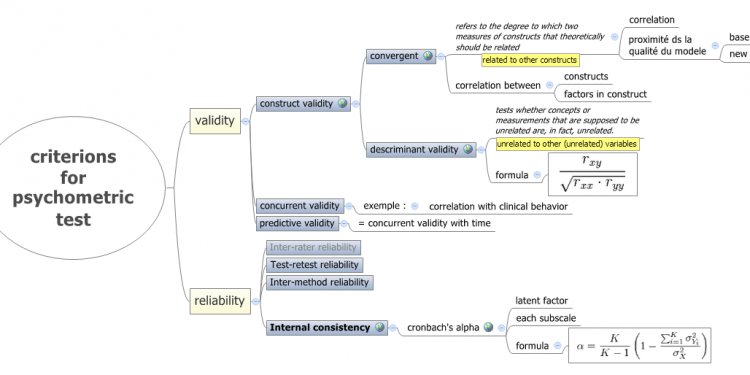
Psychometric Exam sample
Also known as : verbal aptitude, verbal ability, verbal problem solving, verbal reasoning, critical thinking / reasoning, comprehension test, literacy test, English language test.
Typical length: 25-40 questions
Typical time to complete: 20 - 40 minutes
Verbal ability tests can be divided into tests of simple verbal ability which examine a persons basic verbal skills, and tests of verbal reasoning which look at how well a person can apply their verbal skills to solve more complex problems, this is sometimes known as critical thinking.
Verbal tests usually cover spelling, word use or comprehension and grammar. As with numerical ability, you may be faced with individual tests which focus on one specific aspect of verbal ability, or more commonly with one which includes questions relating to a number of different verbal areas. This could be a series of sentences which may contain spelling or comprehension errors and your task is to locate them. They all however still depend on basic spelling ability.
|
Above all else it is important to read each question carefully. Concentrate on a single word or even letter at a time. We often skip from word to word and pick the general meaning of a sentence. When one is being asked to look at specific aspects in a sentence or set of words, then one does have to concentrate on individual words or even letters. This is something we may not be used to doing. |
In particular try to remember:
- Strange as it may sound, the answer, which ‘looks’ right, may often be the correct one. We are good at recognizing whole words as patterns rather than individual letters. So, for instance, you may have previously seen the word spelt correctly, but may never have actually spelled it yourself.
- Read each word carefully. Sometimes similar sounding or similar looking words are put in to confuse you and add irrelevant 'noise'.
- If you are unsure of the meaning of a word, try eliminating the answers, which you know, are incorrect to reduce the response options open to you.
Example Questions (The answers are at the bottom of the page)
1. Which of these words is spelt correctly ?
a) Extraeneous
b) Extranious
c) Extraneous
d) Extraineous
e) none of these
Read each sentence and then read the words underneath that particular sentence and decide which of those words, if any, would complete the sentence in such a way as to allow it to make most sense.
2. After revising all week she finally felt - for the exam.
a) nervous b) ready c) revised d) happy
Which word completes a well known phrase in conjunction with each of the other two ?
3. blast - set
a) off b) smash c) rare d) grab e) none of these
Which word in each set of four is the odd one out ?
4. a) look b) see c) watch d) face e) none
This test requires you to identify the relationship between two words
5. Shoe is to foot as sock is to –
a) wind b) hand c) foot d) leg e) none of these
Synonyms and Antonyms
A synonym is a word which means the same as another word whilst an antonym is a word which means the opposite of another word.
6. Relaxed means the same as the opposite of –
a) calm b) angry c) tense d) sleep e) none of these
Critical Thinking
In this next test there is some information followed by a series of statements which relate to that information. Your task is to read the information given, then decide for each of the statements which follow whether they are –
a) True – the statement is true based on the information you have read.
b) False - the statement is untrue based on the information you have read.
c) Can’t say whether the statement is true or untrue based on the information you have read.
7. The thinking behind the single European currency is quite simple. Suppose that a company in Germany wanted to buy some raw materials from a company in Spain. At the moment there is one major problem in them doing so.
The exchange rate between the German Mark and the Spanish Peseta is variable. If the German company agreed to buy from the Spanish company Dm 5, 000, 000 worth of product over the course of a year, but had to invoice the amount in its Peseta equivalent, a subsequent fluctuation in the exchange rate which made the German Mark worth less in Peseta terms could mean the German company ends up paying a lot more than it had originally intended.
If both companies traded in the single European currency, the Euro, then such fluctuations in national currency exchange rates would have no effect. This greatly helps with business planning and cash-flow.
i. Most companies in Germany trade with companies in Spain.
a) true b) false c) can’t say
ii. Fluctuations in exchange rates making financial planning difficult.
iii. Trading in Euro means that fluctuations in exchange rates have much less effect.
As with numerical reasoning tests, more complex versions of these tests are similar to work samples or business simulations.














